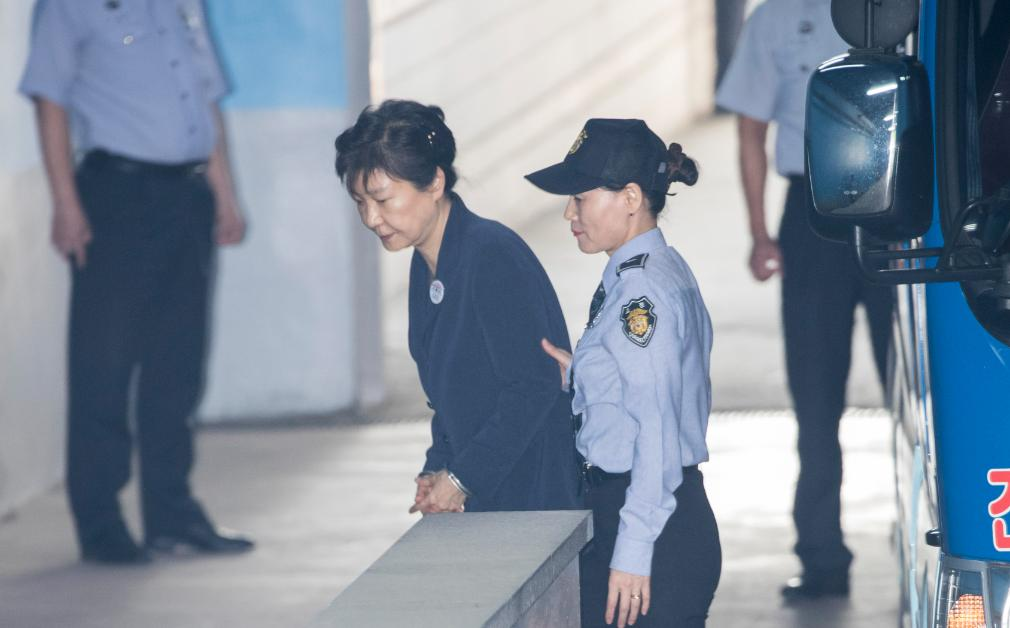South Korean politics has a peculiar reputation: every president seems doomed to a tragic end. The so-called “Blue House Curse”—named after the South Korean presidential residence—has struck again, with the recent arrest of President Yoon Suk-yeol. This pattern of downfall reminds the world of former President Park Geun-hye, who spent 1,736 days in prison, becoming South Korea’s only female head of state to serve jail time. But what was life like behind bars for a former president?
From the Presidential Office to a Prison Cell
Park Geun-hye was once the symbol of hope in South Korean politics. As the daughter of Park Chung-hee, a key figure in South Korea’s modernization, she was practically considered “royalty.” Despite her tragic past—both her parents were assassinated—she managed to rise to the top, ultimately winning the presidency in 2012.

Her tenure, however, was marred by scandals and controversies. The 2014 Sewol ferry disaster was a turning point, as her administration’s poor response, particularly her unexplained seven-hour absence during the crisis, eroded public trust. Further damage came with the deployment of the U.S. THAAD missile defense system, which angered China and dealt a severe economic blow to South Korea.
The final nail in the coffin was the 2016 corruption scandal involving her close friend, Choi Soon-sil. Accusations of influence-peddling and abuse of power ignited mass protests, leading to Park’s impeachment in 2017. She was later sentenced to 22 years in prison.
Life in Prison: Harsh Reality for a Former President
Park’s prison experience was a far cry from the luxuries of the Blue House. Confined to a 10-square-meter cell, she was under 24-hour surveillance by seven guards. The cold nights often left her shivering, and the prison food—spicy and salty—was difficult for her to stomach. She frequently relied on instant noodles to fill her stomach, which only worsened her health problems.
Her time behind bars took a toll both physically and mentally. Chronic shoulder and back pain plagued her, yet medical facilities in prison were inadequate. Eventually, authorities provided her with a chair and desk, but these small comforts could not alleviate her isolation. Refusing to participate in group activities, she withdrew from social interactions, rejecting visits—even from family. Instead, she found solace in reading, particularly in historical novels like Tokugawa Ieyasu, perhaps seeing parallels between the struggles of the past and her own.
Despite her imprisonment, Park still had loyal supporters. Every morning, a group of dedicated followers gathered outside the prison, shouting, “Good morning, President Park!” This display of loyalty sparked debates—was it a testament to her enduring influence or a challenge to South Korea’s justice system?
Presidential Pardon: A Controversial Release
In late 2021, then-President Moon Jae-in granted Park a pardon, cutting short her sentence, which could have lasted until she was 89. While her release sparked speculation about Moon’s political motives, it also marked the end of one of South Korea’s most dramatic political downfalls.
After regaining her freedom, Park retreated to her hometown of Daegu, embracing a quiet life away from politics. In her memoir, she reflected on her imprisonment, her regrets, and her newfound perspective. She made it clear—her days in politics were over.
The Cycle of Power and Fall from Grace
Park’s story is not an isolated case. South Korean history is filled with leaders who faced disgrace—arrest, exile, or even death. This pattern suggests that the nation’s political landscape remains treacherous, where even the most powerful figures can quickly become outcasts.
The “Blue House Curse” is more than just a superstition; it reflects South Korea’s intense political rivalries, judicial scrutiny, and public demand for accountability. But whether this cycle will ever be broken remains to be seen.
Word Count: 721

No comments yet.